 | Roswell Chamberlain Smith - Arithmetic - 1850 - 314 pages
...the means is 21,600, which, being divided by one of the extremes, gives a quotient of 720. That is, multiply the second and third terms together, and divide the product by the first ; the quotient will be the fourth term or answer. A. $720. 14. If 20 pounds of butter cost 85, what... | |
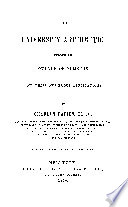 | Charles Davies - Arithmetic - 1850 - 412 pages
...least of the remaining numbers in the first place, but when it is less place the greater there. IV. Then multiply the second and third terms together, and divide the product by the ßrst term : the quotient will be the fourth term or answer sought, and will be of the same denomination... | |
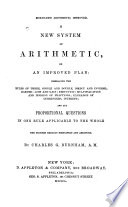 | Charles Guilford Burnham - 1850 - 350 pages
...expresses the demand, for the first, and the remaining term of the condition for the second term. II. Multiply the second and third terms together, and divide the product by the first. III. If the first or second terms consist of different denominations, reduce both to the lowest mentioned.... | |
 | Arithmetic - 1851 - 260 pages
...of them till they are; and, if the third consist of several denominations, reduce it to the lowest, then Multiply the second and third terms together...product by the FIRST, and the quotient will be the fourth term or answer. NOTE.— The answer will be of the same denomination as the third term,' and,... | |
 | G. Morrison - Arithmetic - 1851 - 130 pages
...greater than the third, place the least of the other two terms as the first ; but it' less, the contrary. Multiply the second and third terms together, and divide the product by the first, and the quotient is the answer, and which is always of the same name with that to which the third term is reduced. Note... | |
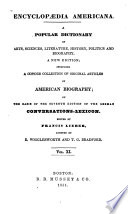 | Francis Lieber, Edward Wigglesworth, Henry Vethake - Encyclopedias and dictionaries - 1851 - 624 pages
...less, place the greater of these two terms on the left, and the less in the middle ; and in both cases, multiply the second and third terms together, and divide the product by the first term for the answer, which will always be of the same denomination as the third term. — Note 1. If... | |
 | Francis Lieber - Encyclopedias and dictionaries - 1851 - 618 pages
...less, place the greater of these two terms on the left, and the less in the middle; and in both cases, multiply the second and third terms together, and divide the product by the first term for the answer, which will always be of the same denomination as the third term.—Note I. If... | |
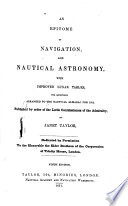 | Janet Taylor - Nautical astronomy - 1851 - 674 pages
...the first and third terms may be of the same kind, and the second the same am the number required. Multiply the second and third terms together, and divide the product by the first term, then the quotient will be the answer in the same denomination as the second term, observing to... | |
 | George Roberts Perkins - Arithmetic - 1851 - 356 pages
...Having written the three terms of the proportion, or, as usually expressed, having stated the question, then multiply the second and third terms together, and divide the product by thejlrst term. NOTE.—Since there is a ratio between the first and second terms, they mast be reduced... | |
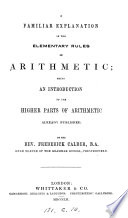 | rev. Frederick Calder - 1852 - 368 pages
...so : and if the third term consist of several denominations, reduce it to the lowest name mentioned. Then multiply the second and third terms together, and divide the product by the first: the quotient will be the answer or fourth term, expressed in the same denomination as that in which... | |
| |